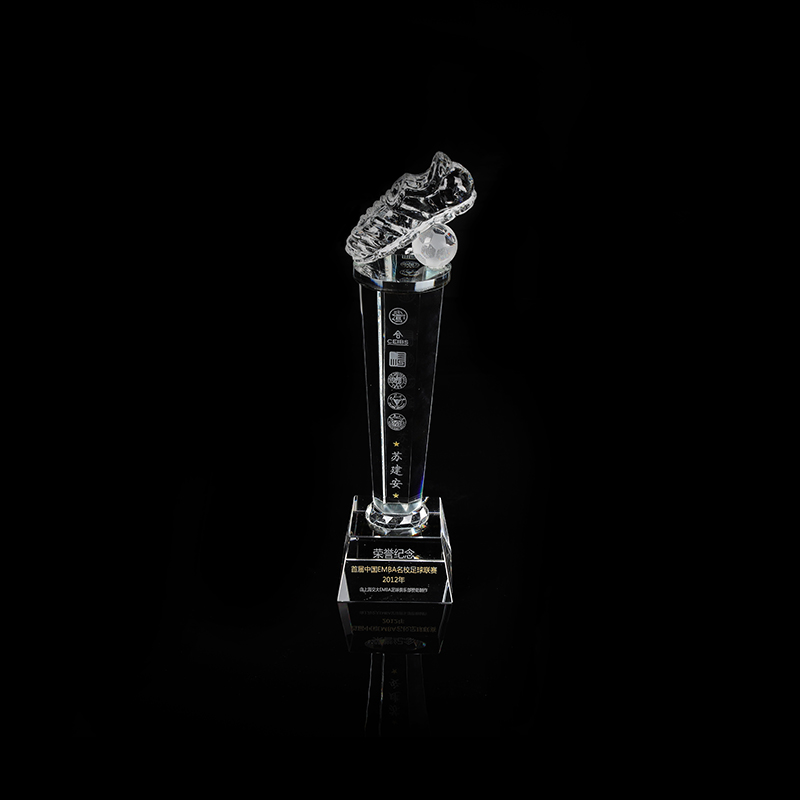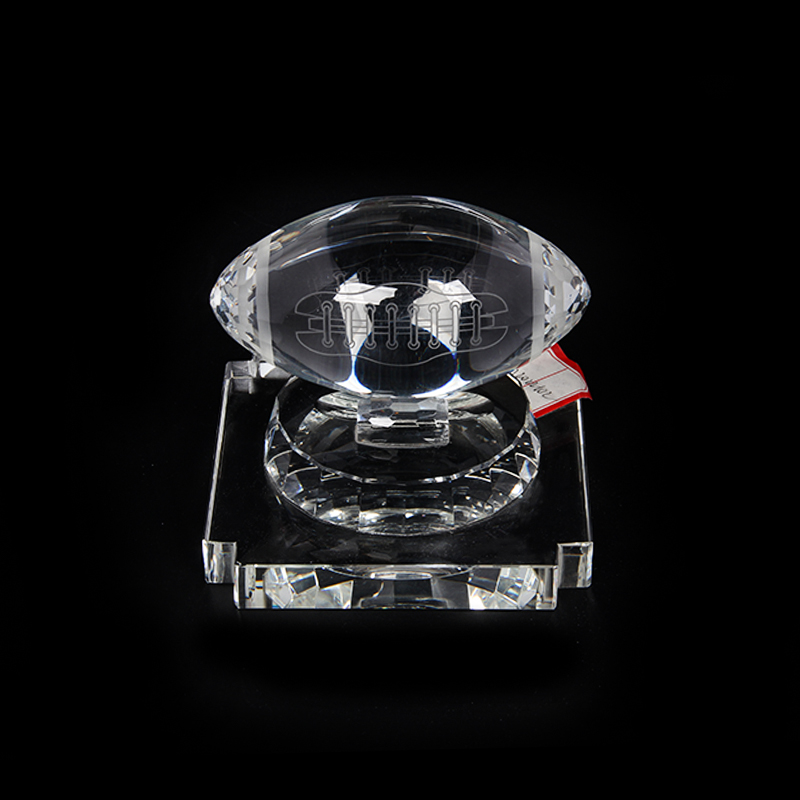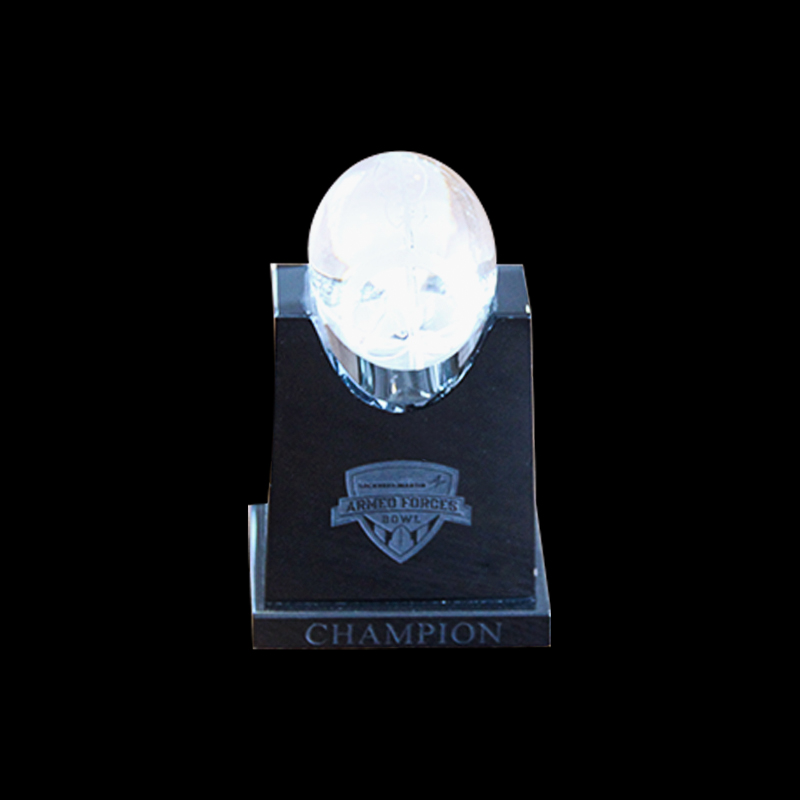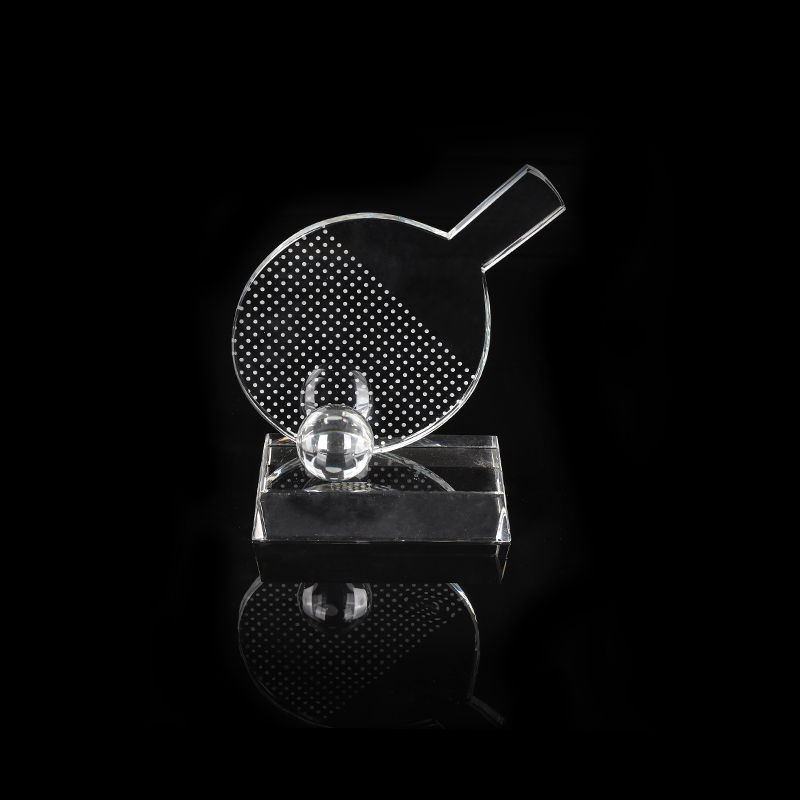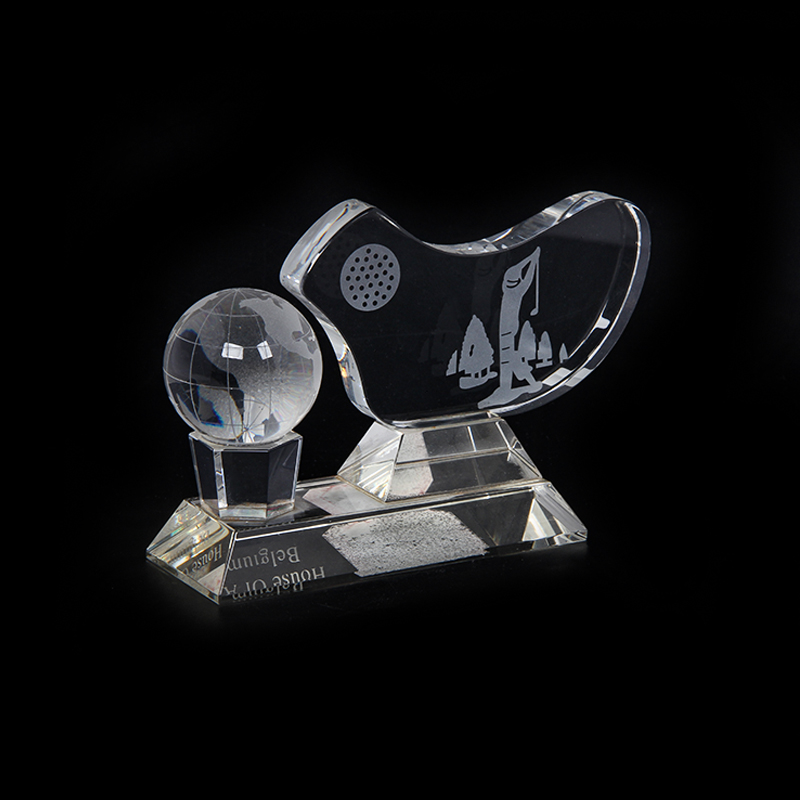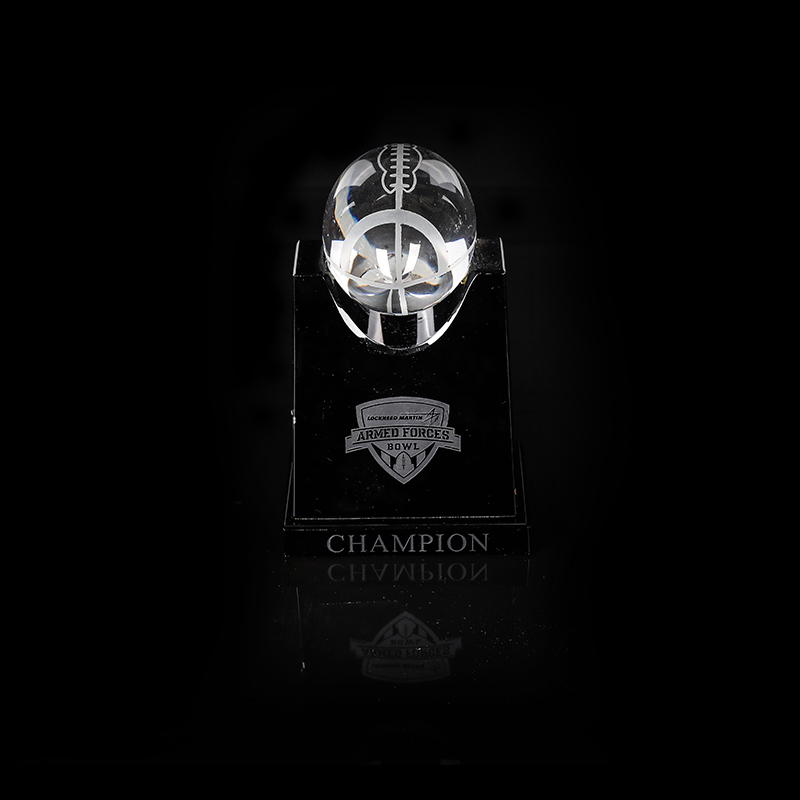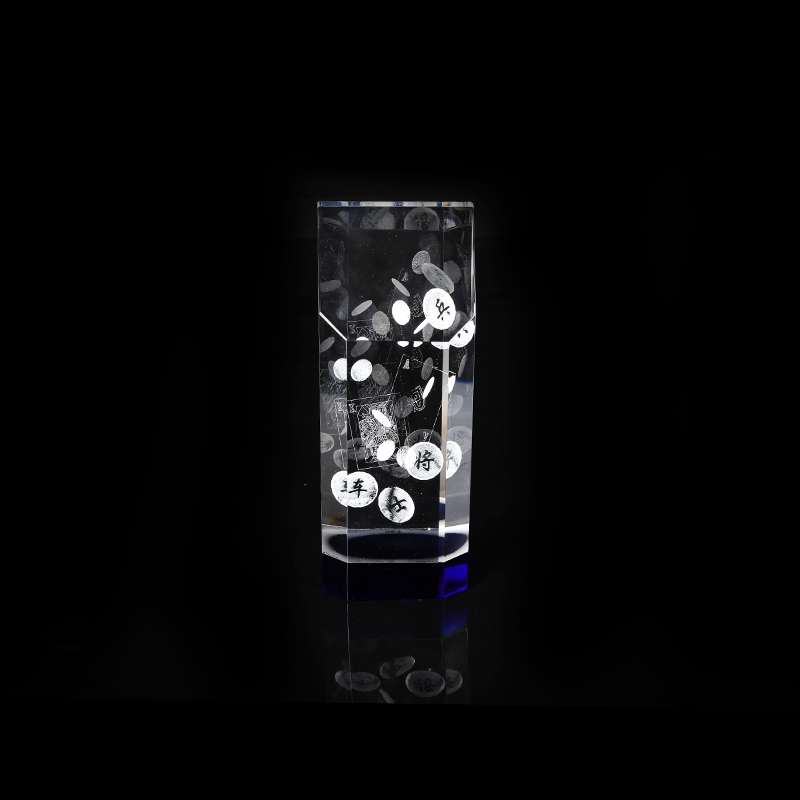In recent years, the landscape of institutional awards and recognition has undergone a significant transformation. One notable trend is the growing interest in customized and visually refined award pieces, with the Crystal Glass Medal emerging as a preferred choice among educational, corporate, and government institutions. This shift is driven by a combination of evolving aesthetic preferences and the incorporation of new technologies in design and production—especially the rise of Crystal Cube Laser engraving methods.
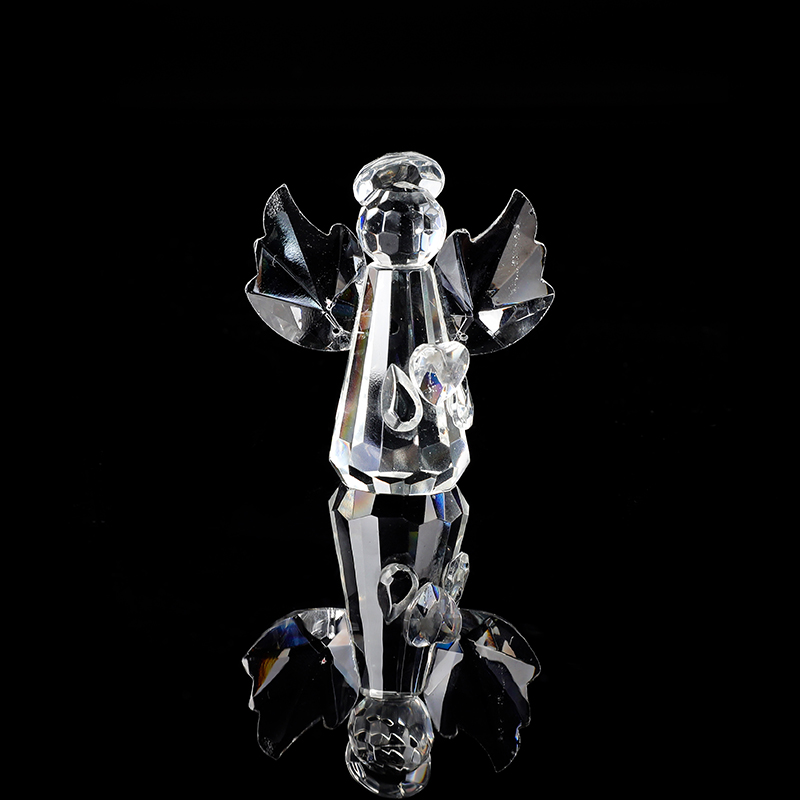
Traditionally, medals served a purely symbolic role—markers of achievement that were largely standard in appearance and material. However, modern institutions are now looking for recognition items that reflect not only accomplishment but also creativity, innovation, and elegance. The Crystal Glass Medal answers this need by offering a sophisticated blend of glass artistry and durable form, making it suitable for everything from academic awards to civic honors.
One of the more significant developments reshaping this product category is the integration of Crystal Cube Laser engraving. This technique enables detailed 3D imagery to be embedded within the glass itself, rather than applied on the surface. As a result, institutions can now personalize medals with emblems, names, or intricate patterns that appear suspended in crystal. This new level of depth and clarity opens up creative possibilities that were previously unattainable with conventional etching or metal stamping.
Designers have embraced the flexibility offered by Crystal Cube Laser engraving to develop medal shapes that go beyond traditional circular forms. Hexagonal, triangular, and even freeform outlines are becoming more common, reflecting institutional identities or event themes. With the aid of precision machinery, each Crystal Glass Medal can be tailored to match specific recognition programs, creating a deeper connection between the recipient and the award.
Another important aspect of this evolution is the material composition itself. The glass used in these medals is carefully selected for clarity and structural strength, ensuring that it can support the intricate laser designs without compromising on durability. While still maintaining the classic qualities of weight and transparency, modern Crystal Glass Medal designs are now more diverse in texture and finish—frosted edges, colored accents, and layered elements are frequently included to make each piece unique.
Institutions have responded positively to this trend. Universities have begun awarding Crystal Glass Medals to high-achieving students, not only for academic excellence but also for professionalism and innovation. Similarly, municipal bodies are incorporating these medals into ceremonies honoring public service and community impact. The elevated appearance and tactile quality of these medals make them a memorable and lasting form of recognition.
The Crystal Cube Laser process also enhances production efficiency, enabling consistent quality across larger volumes without sacrificing detail. This is especially important for institutions that require bulk quantities for annual events or organizational programs. Because the design files can be stored and replicated with precision, each medal maintains a high level of uniformity while still being personalized with names or event details.
Importantly, the Crystal Cube Laser method is also environmentally considerate. Since it involves a small use of dyes or chemicals, and the process is relatively low-energy, it aligns well with the sustainability goals that many institutions now consider when selecting award products. This adds another layer of value to the Crystal Glass Medal as a recognition item that supports both traditional and modern values.
Looking ahead, the demand for these uniquely crafted medals is expected to remain steady, with ongoing innovation in form and technique continuing to shape their future. The blending of elegant glass design with cutting-edge Crystal Cube Laser technology ensures that the Crystal Glass Medal remains both a meaningful token and a design-forward object.
As the boundaries of design and personalization continue to expand, the Crystal Glass Medal represents a compelling example of how material, artistry, and function can come together. For institutions seeking to express appreciation and accomplishment with a sense of distinction, this form of recognition is proving to be both relevant and enduring.

 English
English 中文简体
中文简体 عربى
عربى
